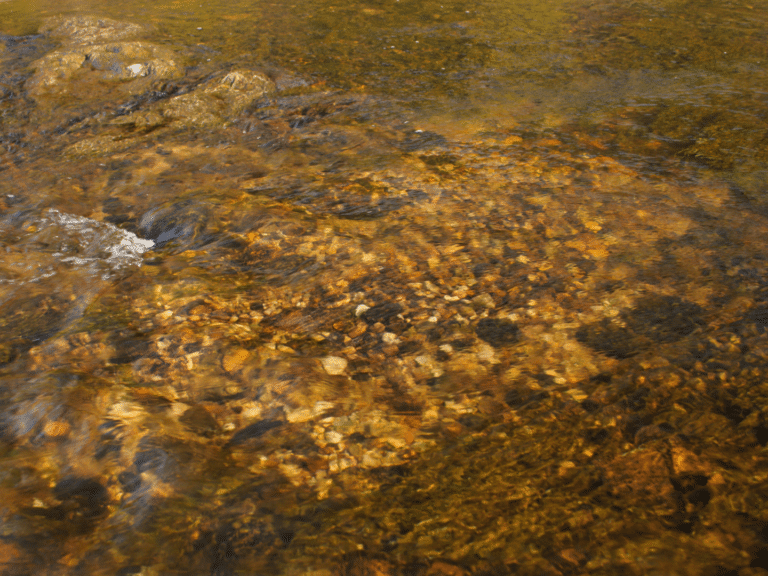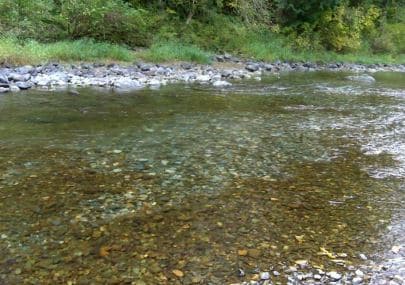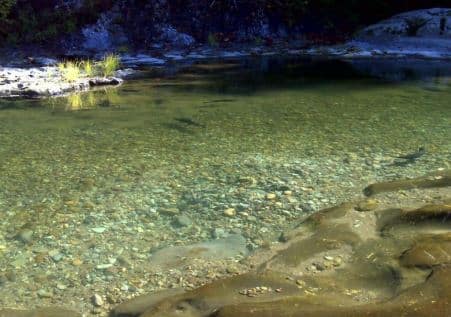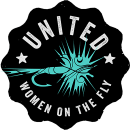
Two of my favorite seasons are spring and fall. The first sound of spring is the singing birds, the flowers are blooming and the warmth of the sun feels so good on your skin. In the fall, the the air is crisp, the fall foliage is bright and October Caddis, Mahogany Duns and Blue Wing Olives are frequent. This is also a great time to be on the water as less anglers are enjoying the beautiful seasons.
I take both of these seasons to familiarize myself with identifying and not disturbing trout spawning beds, also known as Redds. The following tips will help you learn how to identify redds, spawning fish, and the locations where spawning fish build redds in a river.


What is a redd?
Identifying a Redd
- Clean oval shape patches of small to medium-sized gravel typically 2 to 3 feet wide.
- Gravel is lighter-colored than surrounding gravel.
- Small depressions and mounds in the gravel indicate nest sites and eggs.
Redd Locations
- Riffles: 1 to 3 feet in depth with ample current to provide oxygen to the eggs.
- Gravel Bars: gravel bars allow eggs to sit among and below small rocks with clean water flowing over them.
- Smooth gravel from pea- to half dollar-sized is preferred.
Identifying Spawning Fish
While it’s hard to be 100% certain, here are a few signs that the fish you caught may be spawning:
- Vivid colors. As trout and salmon begin to look for mates, their colors and markings become more pronounced.
- Darker colors.
- Rounder, softer belly. Spawning females have a belly full of eggs, and it shows.
- Paired fish or large number of fish concentrate in shallow water
- Sluggish Fight – a lot of engery is dedicated to spawning.
- Hooked jaw. Spawning male trout and salmon develop a very pronounced hook to their jaw, which is called a “kype.”
Species Spawning Seasons
- Brown Trout – Fall
- Brook Trout – Fall
- Bull Trout – Late Summer/Early Fall
- Cutthroat Trout – Spring
- Lake Trout – Fall
- Largemouth Bass – Late Winter in Southern US Regions and Late Spring in Northern US
- Rainbow Trout – Spring
- Smallmouth Bass – Spring
How Can I be a Responsible Angler?
United Women on the Fly focuses on educating anglers rather than shaming. Here are a few ways that you can be a responsible angler and give future trout populations a chance.
- Observe for possible spawning beds.
- Avoid fishing, walking, wading, in shallow gravel bars.
- Don’t cast to spawning fish.
- Help educate anglers about a trout spawning bed.





I am very new to fly fishing and I have now also started to learn Spey casting. Thank you for these great educational pieces. I not only enjoy fishing but I love learning how to be a more responsible angler
Mia – Thank you so much for this message. We are happy that we can be a little part of your fly fishing journey. =)